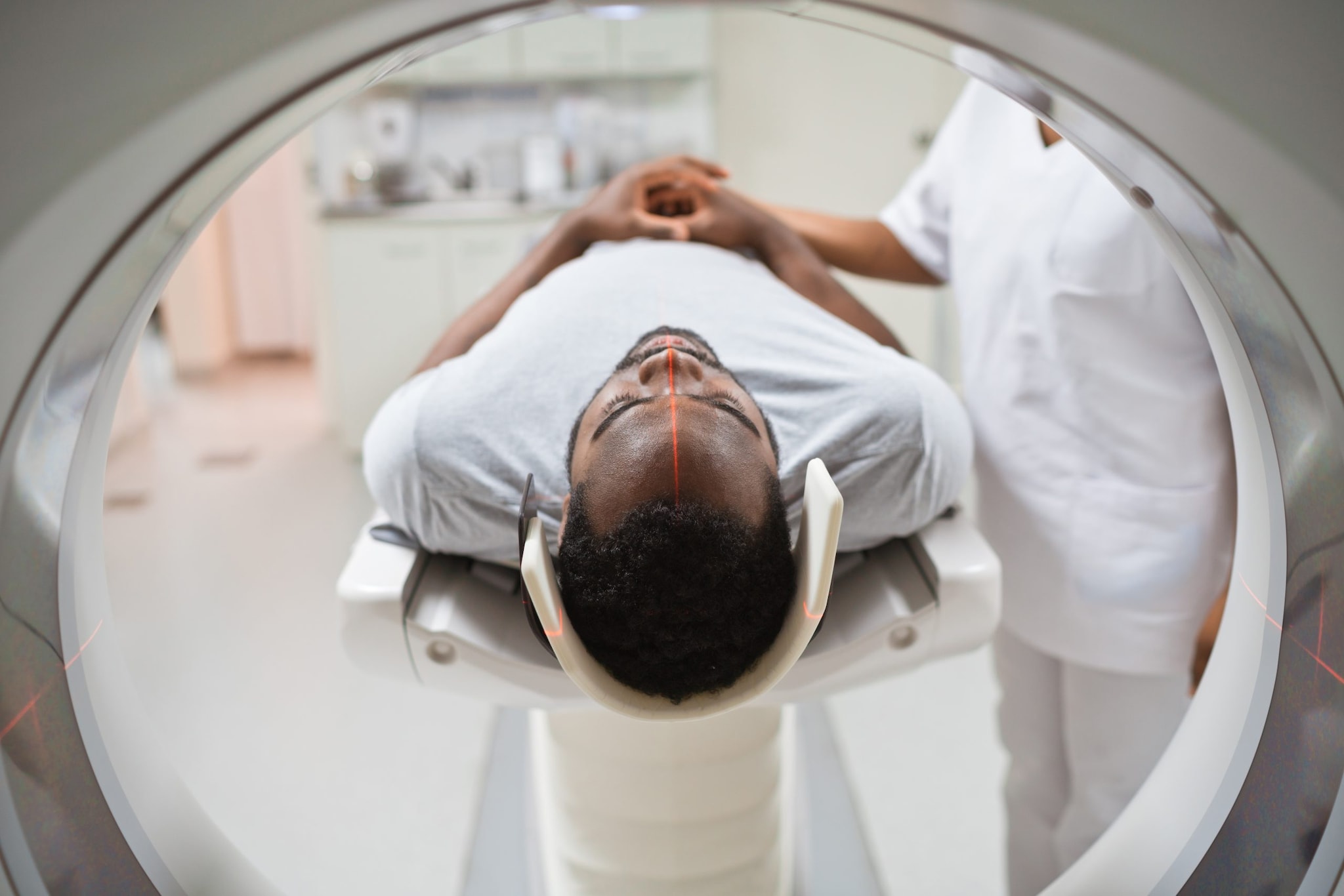What to know
- Acanthamoeba is a kind of single-celled living organism that can cause rare but serious infections of different parts of the body.
- People with weakened immune systems are at increased risk of non-keratitis Acanthamoeba infections.
- Nasal or sinus rinsing with tap water that has not been boiled might increase the risk of Acanthamoeba infections.

Disease presentation
Clinicians
Acanthamoeba can enter the body through a cut or a wound or by breathing it into the nostrils and lungs. The ameba can then travel through the bloodstream to other parts of the body and cause serious infections, including:
- Acanthamoeba rhinosinusitis, an infection of the nasal cavity and sinuses
- Cutaneous acanthamoebiasis, a type of skin infection that can appear as reddish nodules, skin ulcers, or other skin lesions
- Granulomatous amebic encephalitis (GAE), an infection of the brain
- Disseminated infection, which affects multiple parts of the body
More about disseminated infection
Disseminated infection typically begins in the brain, sinuses, or skin, then spreads to other parts of the body. GAE, cutaneous acanthamoebiasis, and Acanthamoeba rhinosinusitis can all spread to cause disseminated infections. Rarely, invasive Acanthamoeba infections have been reported in the lungs or bone without another site of infection.
More about GAE
GAE, which is usually fatal, can be difficult to diagnose and is often at an advanced stage when it is identified. Symptoms of GAE include:
- Confusion or other changes in mental status
- Fever
- Seizures
- Focal neurological deficits or difficulty walking
- Impaired speech, vision, or hearing
- Headache
- Nausea or vomiting
Risk factors
People most at risk of non-keratitis Acanthamoeba infections have weakened immune systems resulting from:
- HIV/AIDS
- Cancer
- History of solid organ or stem cell transplant
- Diabetes mellitus
- Lupus
- Other immunocompromising conditions
While unusual, disseminated infection can also affect healthy children and adults.
There are no reports of an Acanthamoeba infection spreading from one person to another except through organ transplantation.
Fact
Acanthamoeba amebas have been found in many types of water, including in tap water. People who perform sinus or nasal rinsing with tap water that has not been boiled may be at increased risk of non-keratitis Acanthamoeba infections. There have been at least 10 cases of Acanthamoeba infections in the United States associated with nasal rinsing.
If you rinse your sinuses or nasal passages, use boiled tap water, distilled water, or sterilized water.
Clinical assessment

Brain imaging is usually abnormal for people with GAE. A magnetic resonance imaging (MRI) might show lesions, even if computed tomography (CT) scans are normal. Findings on brain imaging have included brain lesions that are sometimes ring-enhancing or hemorrhagic. Some patients have only one lesion, while others have many. Lesions can occur in any part of the brain. Over time, lesions can increase in both size and number.
Patients with cutaneous acanthamoebiasis often present with erythematous skin nodules. While some patients only have a single lesion, most have multiple lesions. The size of the nodules can be variable, ranging from <1 centimeter to several centimeters in diameter. Lesions can present on the face, extremities, or trunk. Over time, the nodules can ulcerate and form eschars. Sometimes the lesions are painless, and sometimes they are painful.
The amount of time it takes to get sick from an Acanthamoeba infection is unknown since exposure to the ameba is usually unknown.
